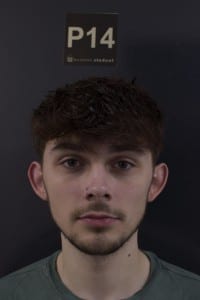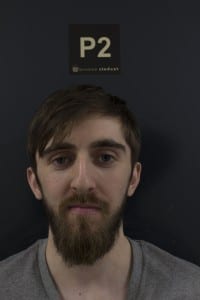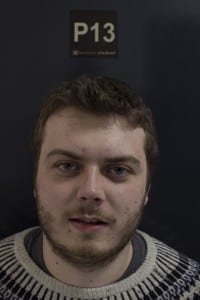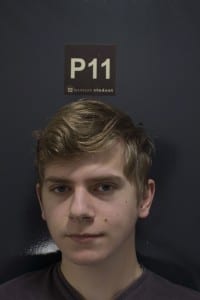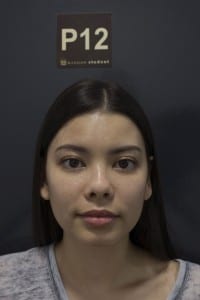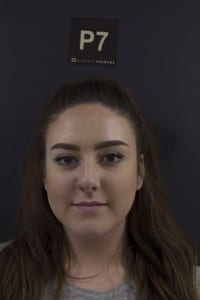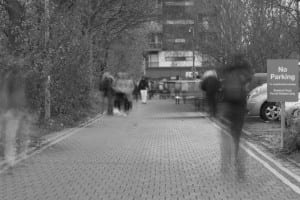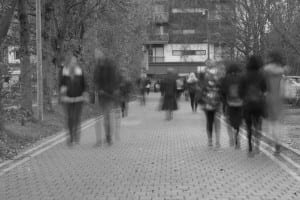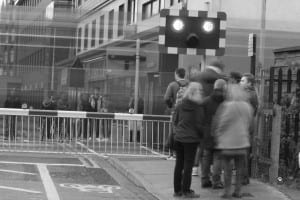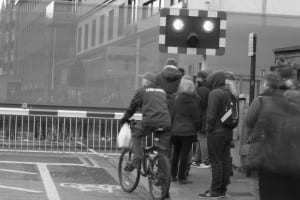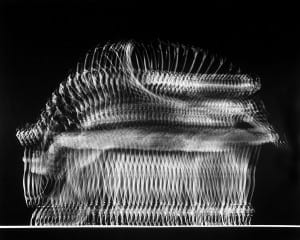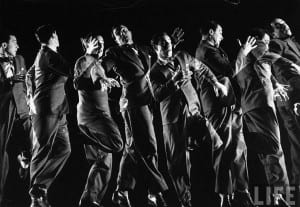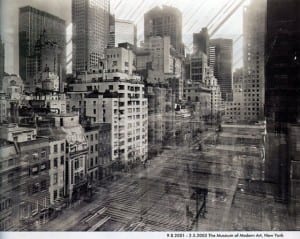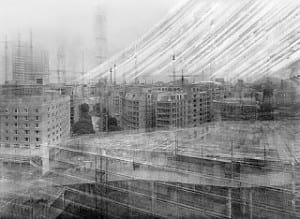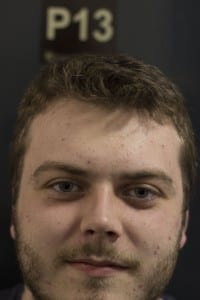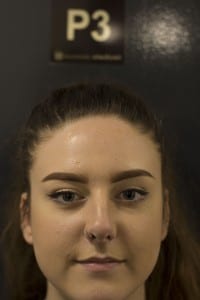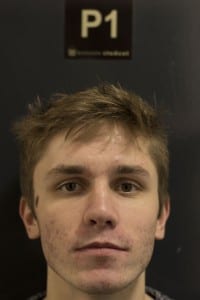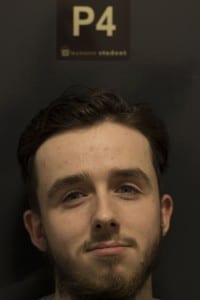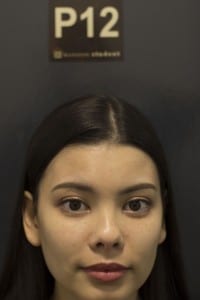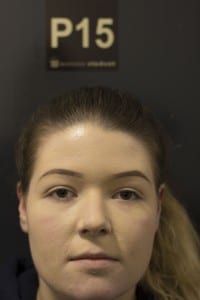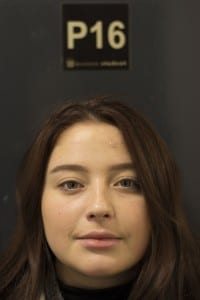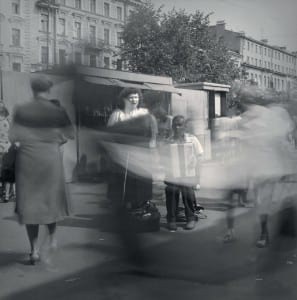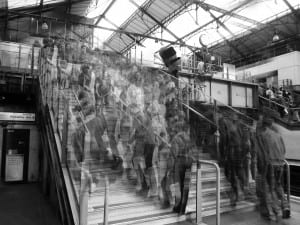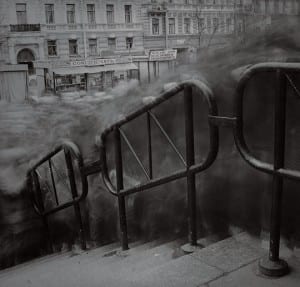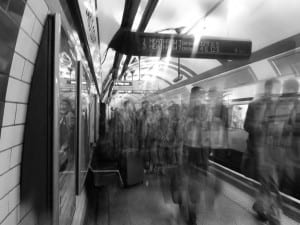These are the final images for my portraits section of my blog. These were taken of strangers outside their room numbers in a student accommodation, but taken out of context could mean anything. The idea and influences behind these photographs are the de3tails portraits by Olive Edis, who created beautiful monochrome imagery of singular people without context. I wanted to reflect this kind of mystery into my images with not having context as to what the door numbers represent and therefore having connotations of prison or a mental asylum. Another practitioner I looked at was Eleanor Antin with her use of multiple photos, for example her project: ‘carving: a traditional sculpture’.
Looking back I wished I picked a time more students were in the flat to create a larger body of photos. However, it was what was available at the time. I am disappointed that they are all a little underexposed, but are more equal in composition and equally lit unlike my other portraits.
